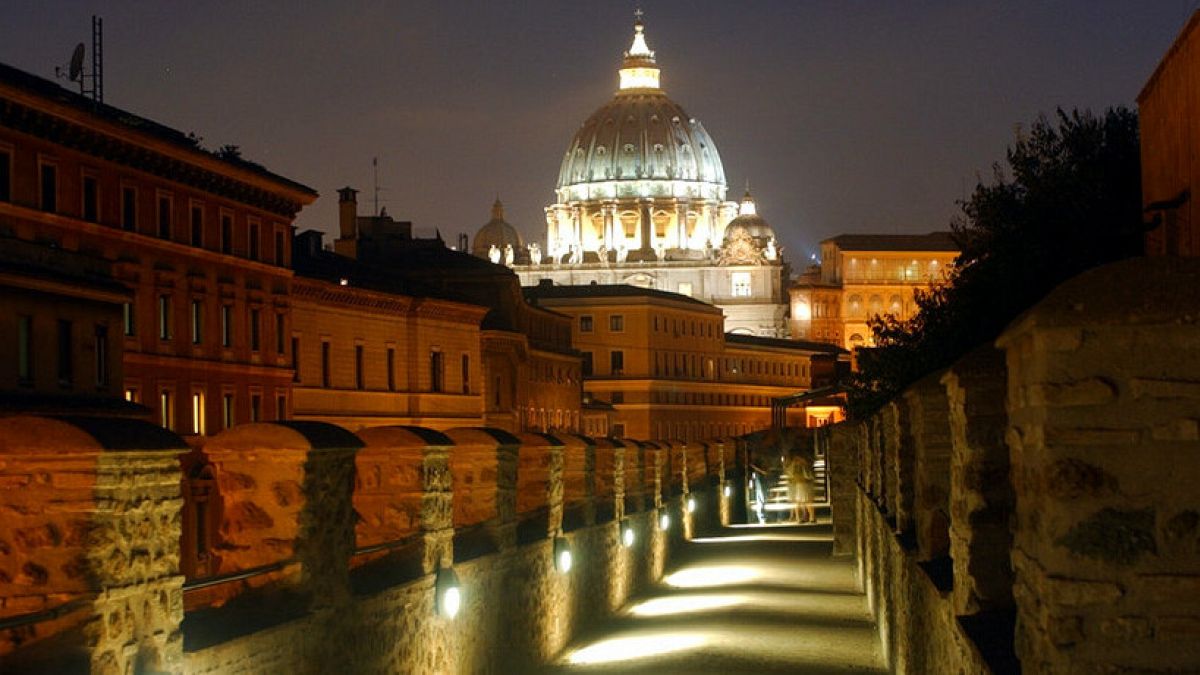A historic secret passage connecting the Vatican with Rome’s Castel Sant’Angelo has reopened to the public on Monday.
The famous Passetto di Borgo which dates back to the 6th century served as an escape route for popes in the past.
Visitors of the iconic Italian capital were allowed to walk along the fortified walkways that was famously used back in 1527 during the Sack of Rome. Pope Clement VII evaded imperial forces via the corridor, seeking refuge in the nearby, heavily fortified Castel Sant’Angelo.
The passage features two levels, an open-air outdoors walkway that showcases breathtaking panoramic views of Rome. There’s also a lower level, which is fortified, and served as the secret escape corridor in times of war and danger.
“This extraordinary monument was conceived to connect the Vatican, and we see the Cupola of St. Peter’s behind us, and Castel Sant’Angelo. It consists of two different levels: the upper level, which is essentially a patrol walkway, and the lower one which is the covered secret corridor,” says Luca Mercuri, Director of Castel Sant’Angelo.
The site was originally part of a defensive structure that ran from the outskirts of the Vatican hill to Mausoleum of Hadrian. It was meant to protect the military camp, established by the barbarian Totila around the year 547.
“The visits that we are inaugurating today will include both elements. Visitors will alternate between the upper patrol walkway, and the more evocative walk through the secret corridor,” adds Mercuri.
Mercuri says the reopening of the iconic Passetto will feature a new programme of special guided tours that immerse visitors of the site with its rich history and function.
Read the full article here


